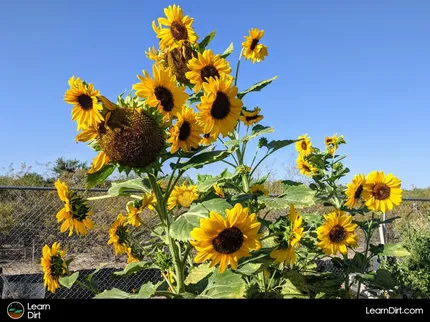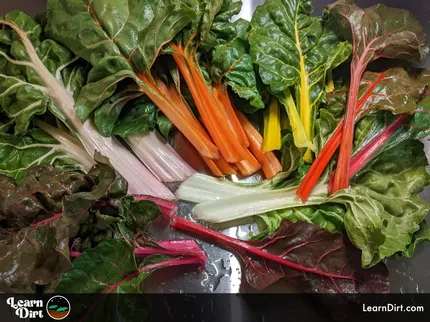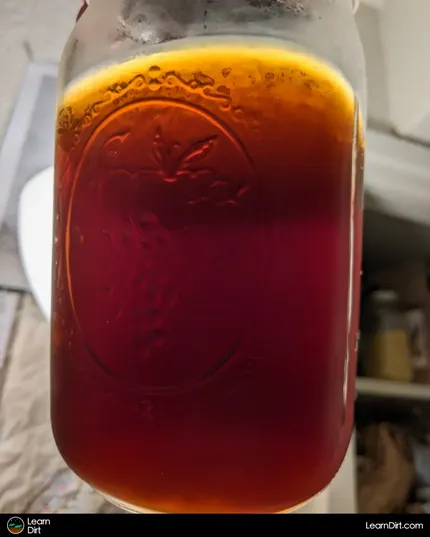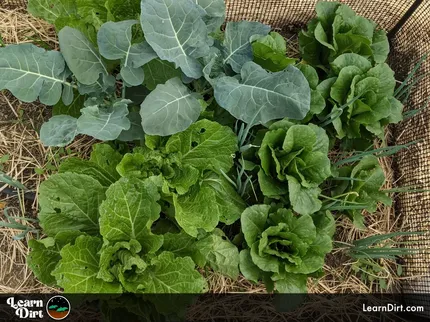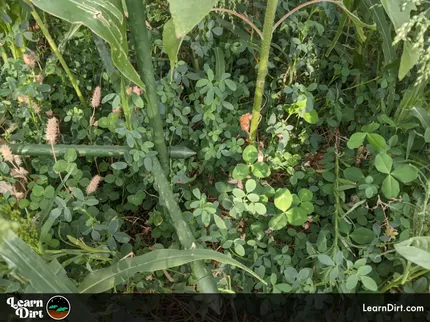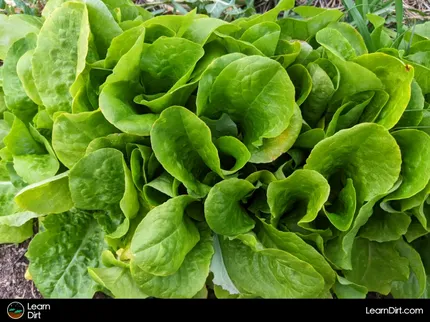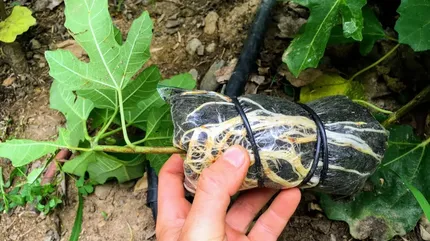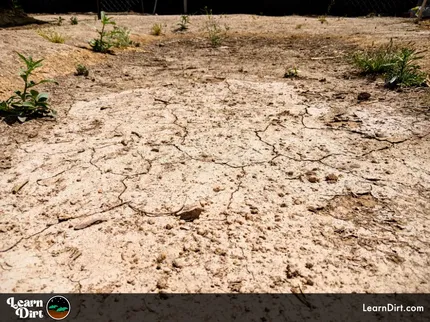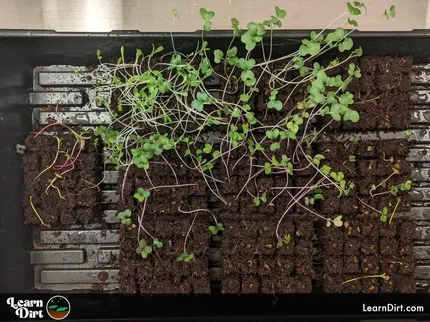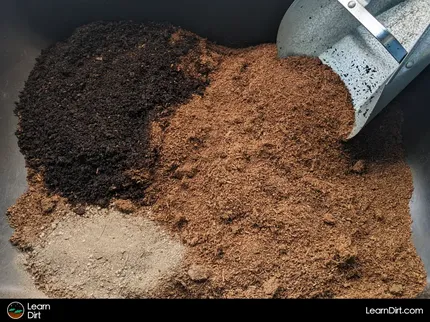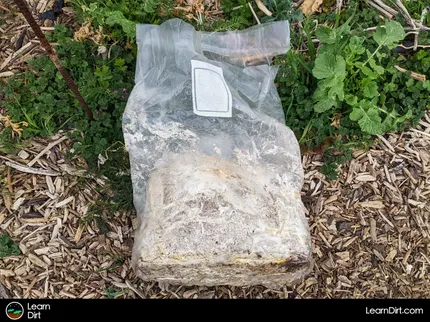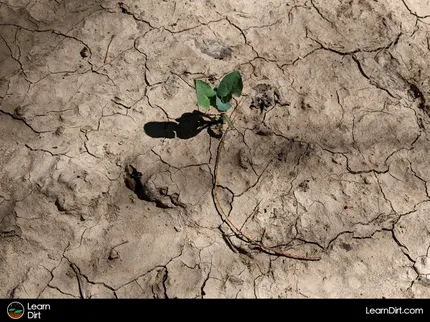Table of Contents
* Our articles never contain AI-generated slop *
Also known as "China clay", kaolin clay is traditionally used in the creation of fine porcelain and china ceramicware. It has a great use in the garden too though, which is what we're interested in here.
Let's look at how kaolin clay can be used for your plants to help protect them from sun and pests.
What is Kaolin Clay
Kaolin clay is a soft mineral clay which is found naturally occurring in granite rocks and soil deposits.
Disclaimer: This post may contain affiliate links. Refer to the privacy policy for more information.
It's primarily composed of the mineral kaolinite, a layered silicate.
valued for its white color and soft smooth texture, humans have been harvesting and using kaolin clay for thousands of years.
Kaolin Garden Benefits
Pest Damage Prevention
Kaolin clay creates a layer of lamination on plants, physically preventing a wide range of insects from causing damage.
Sun Protection
A barrier of kaolin clay sprayed on plants will reflect some sunlight, reducing the risk of sunscald.
Water Loss Reduction
The barrier that a kaolin clay spray creates on plant leaves helps to laminate them - reducing moisture loss.
Keep in mind, though, that this means reduced transpiration which will reduce CO₂ intake and may therefore slow plant growth rate.
Join The Grower's Community
Looking for a place to meet growers,
ask questions, share knowledge, be heard,
and feel like you belong? 🌱
Check It Out!
This may be an acceptible trade-off for helping plants through hot seasons and strong pest pressure.
How to Use Kaolin Clay for Plants
Kaolin Clay Recipe
Gradually stir 3 cups kaolin clay powder into 1 gallon of water.
How to Apply Kaolin Clay
Add the kaolin clay mixture to a pump sprayer to apply.
The sprayer should be shaken frequently to keep the clay in suspension.
Apply primarily to foliage, though tender shoots and stems can also benefit from the application.
Can be applied up to the day of harvest, but should be washed off before consumption.
Concerns
Does Kaolin Clay Harm Beneficial Insects?
Because a kaolin clay application creates a physical barrier on plants, it does not harm beneficial insects. This makes it a great organic solution with a lot of upside and very little downside.
FAQs
Kaolin Clay vs. Limewash
Limewash is primarily mixed thick, and applied in heavy layrs to the trunks of trees.
Kaolin clay is typically mixed thin and sprayed on foliage or entire plants
Both create physical barriers to help prevent pests
Both also reflect sunlight, reducing sunscald risk - though limewash reflects much more.
That's all for now, thanks for reading!
If you have any questions, comments, or would like to connect with fellow gardeners, head on over to the forum and post there.


![Black Dirt Live Again [Blue]](/media/product_images/black-dirt-live-again-[blue]_shirt_260x260.png)


